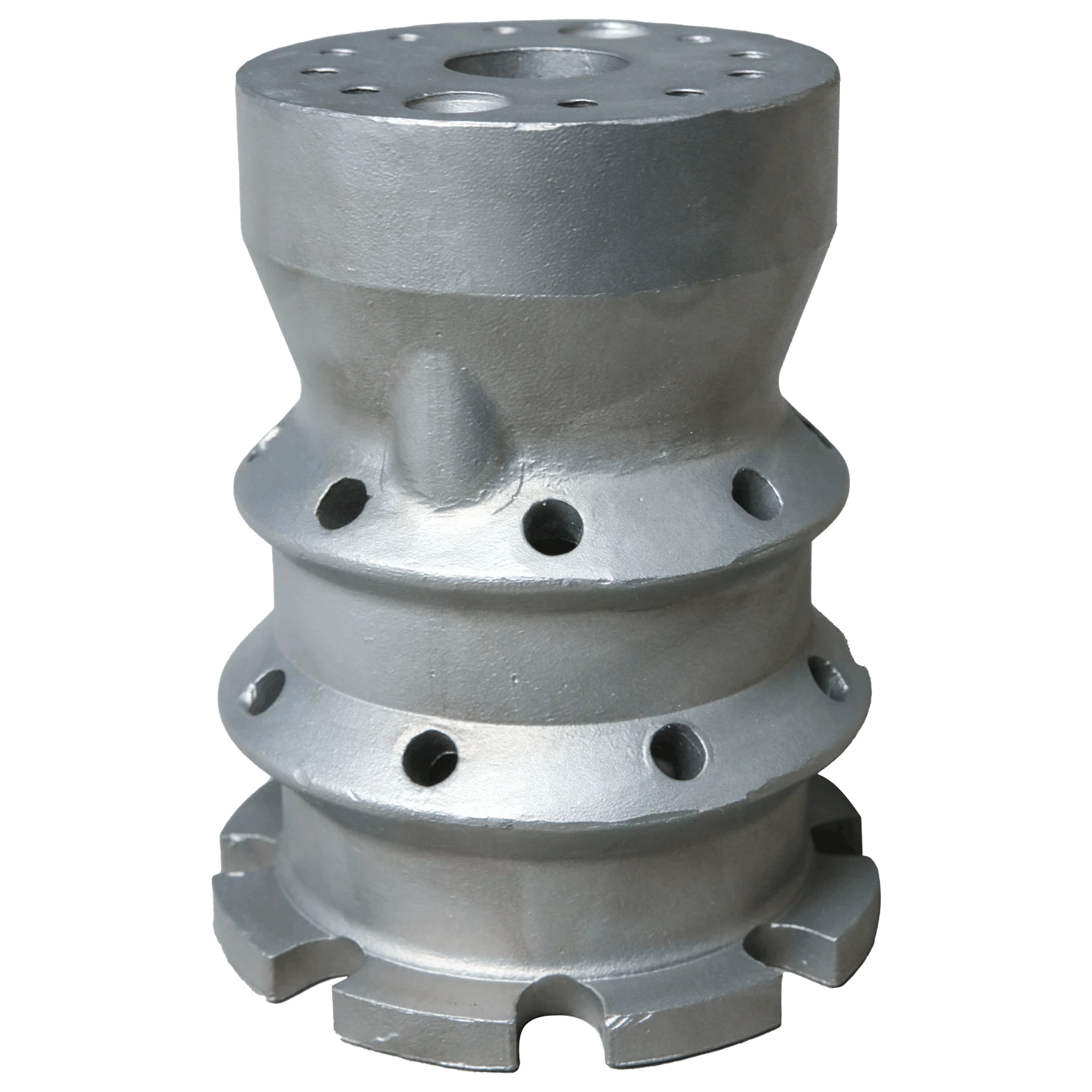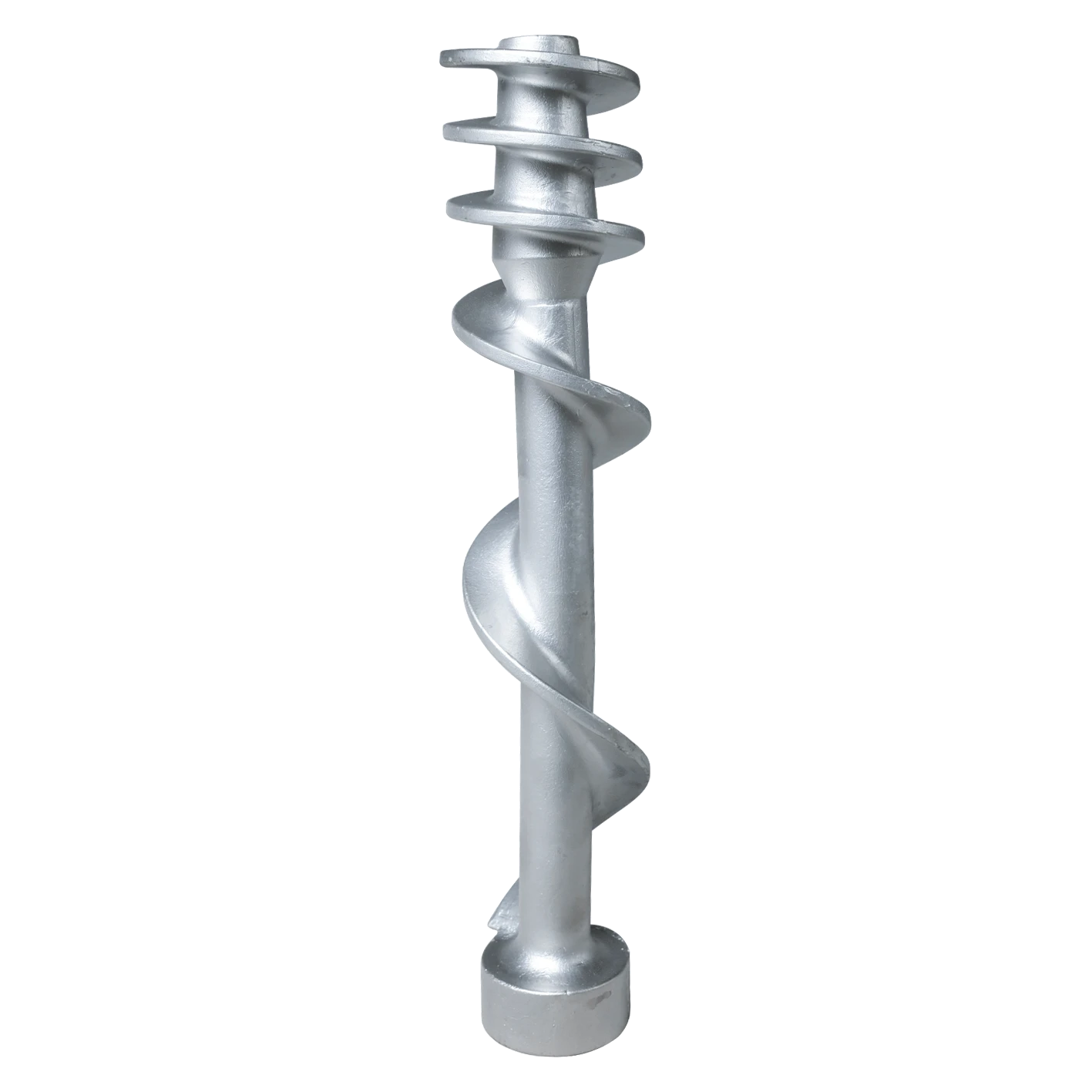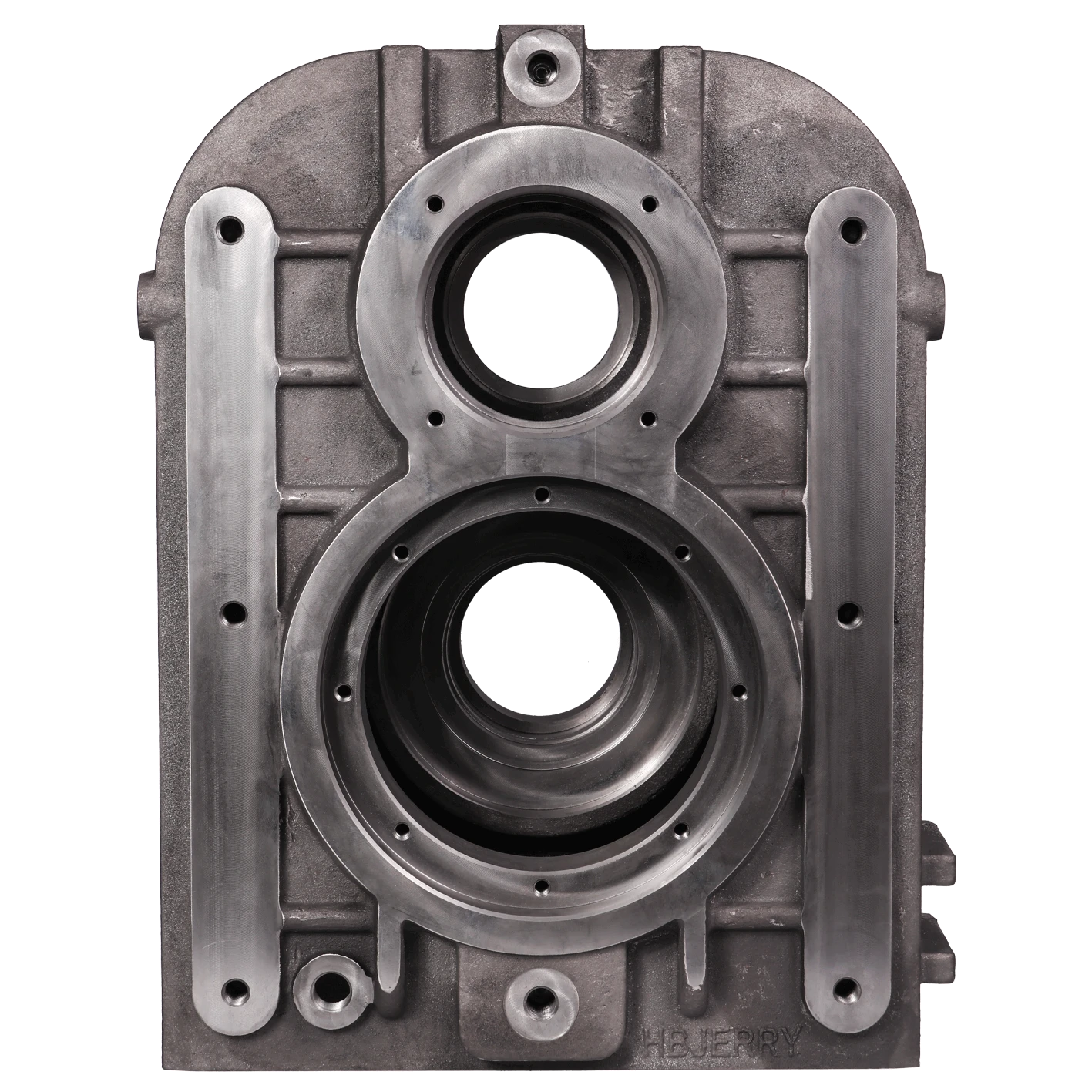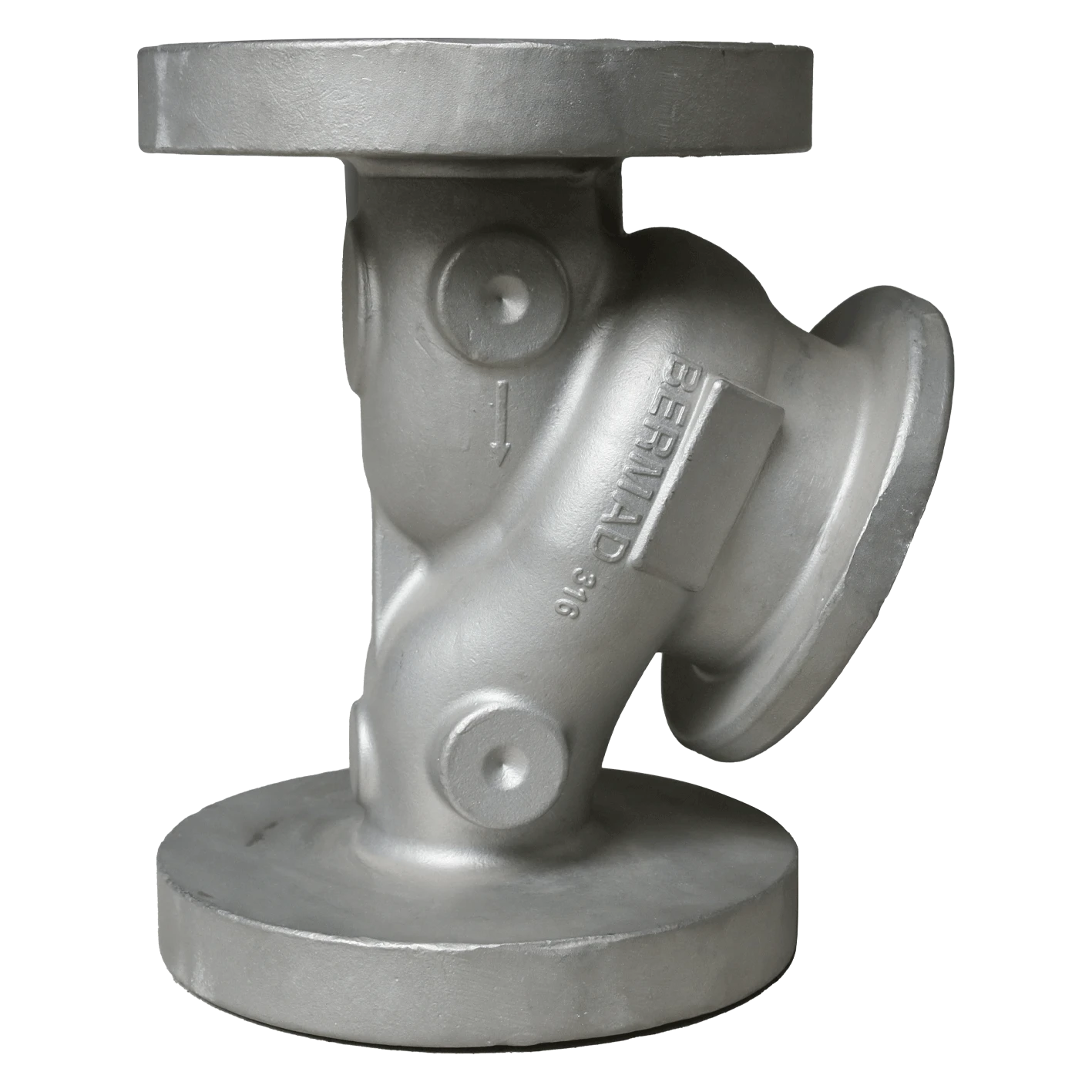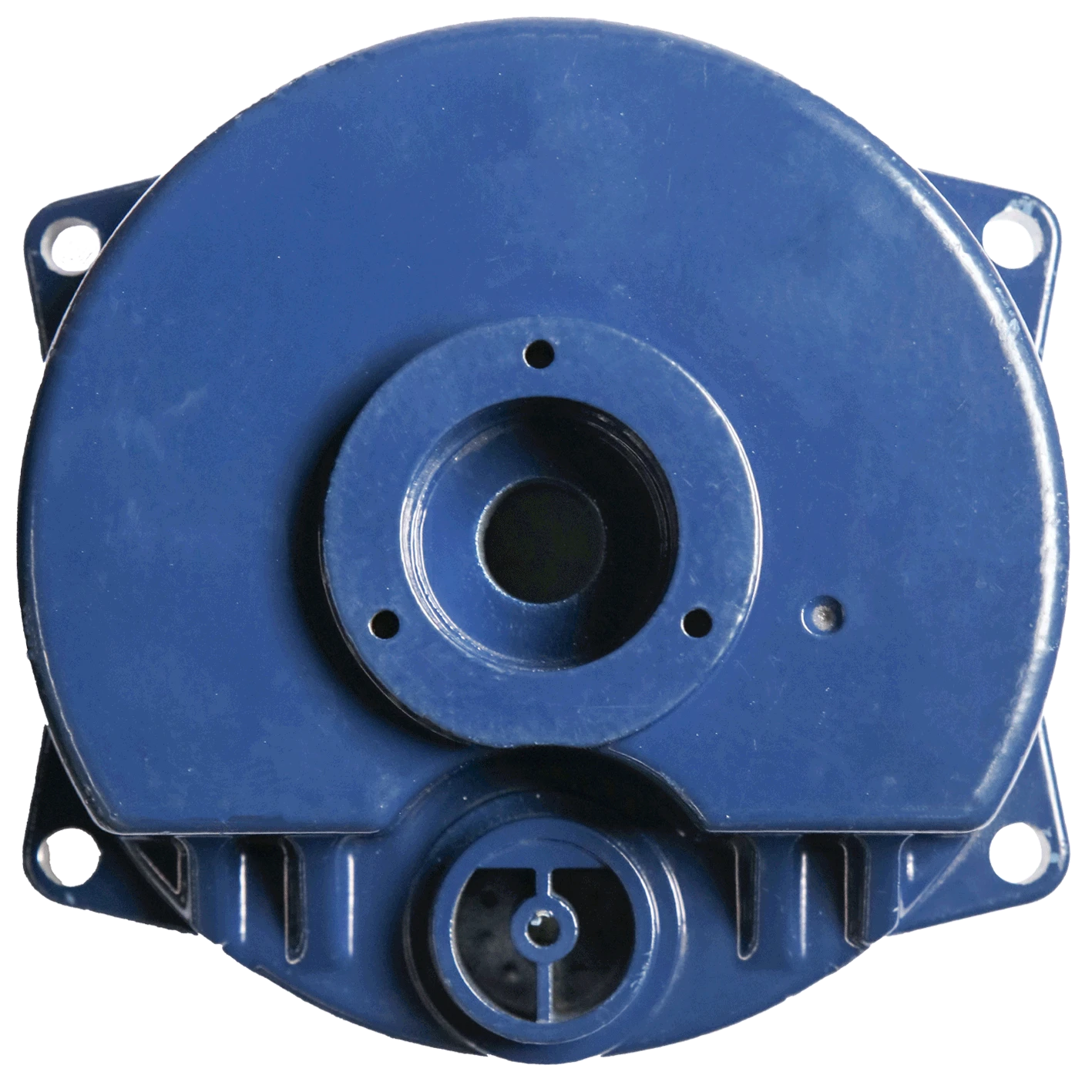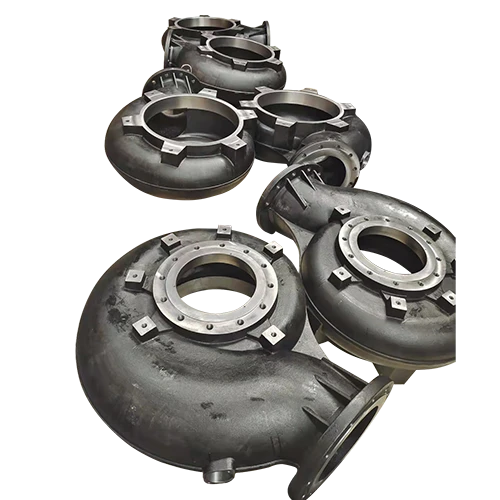Mobile:+86-311-808-126-83
Email:info@ydcastings.com
Exploring the Importance and Design of Fan Impellers in Modern Ventilation Systems
The Importance of Impellers in Fan Systems
In the world of mechanical engineering, the impeller plays a crucial role in the functionality of fans and various types of pumps. An impeller, often described as a rotating component, is designed to enhance the movement of fluids by converting rotational energy into kinetic energy. In fan systems, the efficiency and performance of the impeller directly influence airflow, pressure, and overall effectiveness. This article delves into the significance of impellers in fan systems, exploring their design, types, and impact on performance.
Understanding Impellers
The impeller is a pivotal component of a fan, usually made of materials such as metal, plastic, or composites. Its primary function is to thrust air or other gaseous fluids toward the direction of flow. The design of an impeller can vary significantly based on the intended application, influencing aspects such as the volume of airflow, pressure generation, and energy consumption.
Key elements in the design of impellers include the number of blades, blade shape, and diameter. These factors collectively determine the efficiency of the impeller. For instance, a fan with a well-designed impeller can create a higher static pressure, which is essential for applications requiring forced ventilation or cooling.
Types of Impellers
Impellers can be classified into several types, mostly distinguished by their design and the airflow pattern they create. The two primary categories are centrifugal and axial impellers.
1. Centrifugal Impellers These are characterized by their radial flow, where air enters the impeller at the center (the eye) and is expelled at a right angle through the outer circumference. This design generates high pressure and is commonly used in applications requiring significant airflow resistance, such as HVAC systems.
impeller of fan
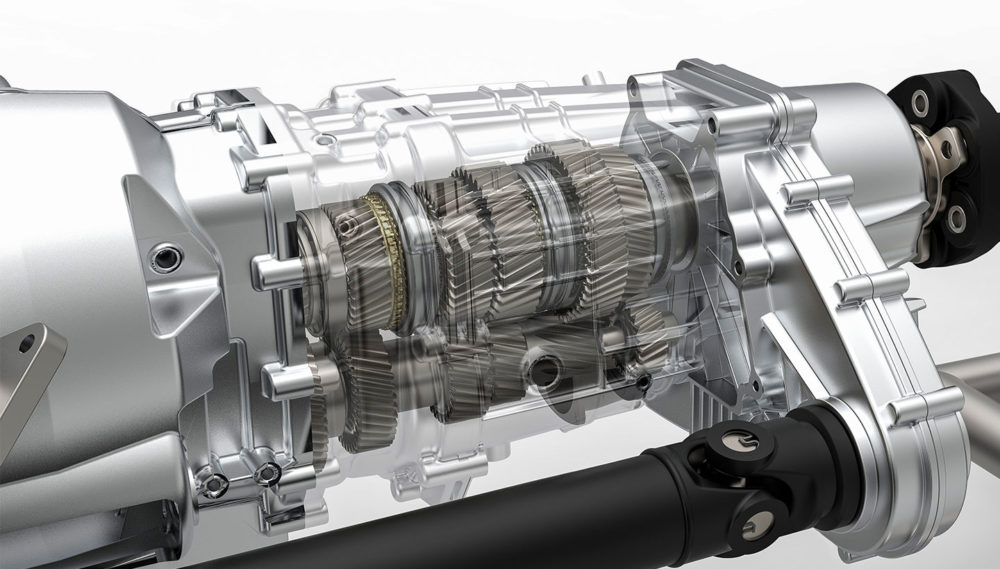
2. Axial Impellers In contrast, axial impellers move air in a parallel direction to the impeller's axis. This design is known for its ability to produce a large volume of airflow at low pressures. Axial fans are commonly found in applications such as cooling towers, jet engines, and ventilation systems.
Performance Impact
The performance of a fan is heavily dependent on the efficiency of its impeller. A well-designed impeller optimizes airflow, reduces energy consumption, and extends the lifespan of the fan. When assessing a fan's efficiency, several factors come into play, including blade design, aerodynamics, and the angle at which air enters and exits the impeller.
The interaction between the impeller and the motor also affects performance. A mismatched motor-impeller combination can lead to increased energy consumption and reduced efficiency. It is essential to ensure that the motor's power aligns well with the impeller's design and operational requirements to achieve optimal performance.
Conclusion
In conclusion, the impeller is an indispensable element of fan systems, playing a vital role in enhancing fluid movement and overall efficiency. The choice of impeller type—whether centrifugal or axial—along with its design characteristics significantly influences the performance of the fan. As technology advances, engineers continue to innovate impeller designs to enhance efficiency, reduce noise, and improve energy consumption.
Understanding the intricate relationship between impellers and fan performance is crucial for selecting the appropriate fan for specific applications. As industries and technologies evolve, the significance of impellers in fan systems will remain pivotal in achieving optimal airflow and energy efficiency across various applications.
-
Why Should You Invest in Superior Pump Castings for Your Equipment?NewsJun.09,2025
-
Unlock Performance Potential with Stainless Impellers and Aluminum End CapsNewsJun.09,2025
-
Revolutionize Your Machinery with Superior Cast Iron and Aluminum ComponentsNewsJun.09,2025
-
Revolutionize Fluid Dynamics with Premium Pump ComponentsNewsJun.09,2025
-
Optimizing Industrial Systems with Essential Valve ComponentsNewsJun.09,2025
-
Elevate Grid Efficiency with High-Precision Power CastingsNewsJun.09,2025

